

 Bill Santelli
Bill Santelli
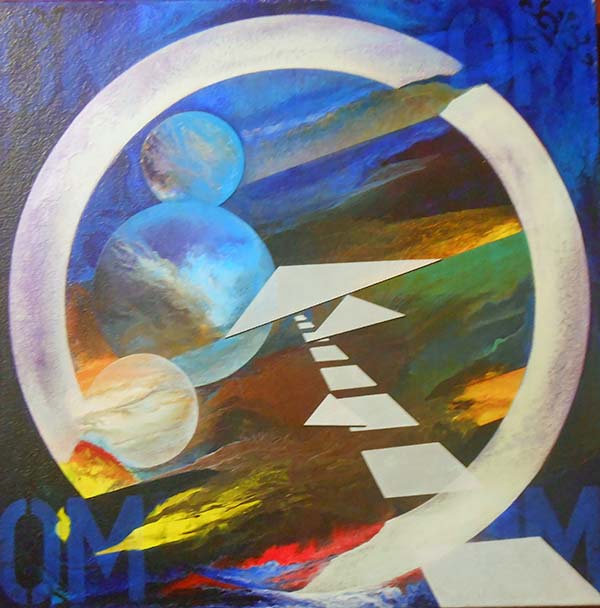 Frequency 1 - Ohm to Joy, acrylic on canvas, 18 x 18 inches unframed
Frequency 1 - Ohm to Joy, acrylic on canvas, 18 x 18 inches unframed
Rochester artist Bill Santelli stands with a foot in each of two major artistic traditions: geometric abstraction and surrealism. The main elements of Santelli's compositions are geometric: squares, rectangles, triangles, circles and lines intersecting at various angles. In combining these basic forms to create more complex and often recognizable objects, such as words or numbers, Santelli seems to assert the primacy of geometric forms as the building blocks of visual understanding.
Where Santelli departs from geometric abstract painters and their Neo-geo successors is his refusal to accept the flatness of the picture plane. He creates a deeply recessive space of cosmological proportions. Within this space, forms existing on vastly different planes overlap each other or intersect our line of vision. While the forms are geometric, the ambiguity and seeming enormity of the pictorial space is enhanced through amorphous washes of acrylic color. These contrast with the precision of the geometric forms to suggest openings into alternative spaces - or alternative meanings.
Santelli's forms are not the static absolutes of the geometric abstract painters. They are mutable and exist in a fluid space. The world of Santelli's paintings is akin to the dream world of the surrealists. It is a place of contradiction, where space is both asserted and denied and where images seem to struggle with one another for dominance. It is a place where context is established more by free association than by logical progression. Layering layer upon layer of thinned acrylic paint, Santelli's pictorial surface often resembles a palimpsest. Forms created earlier in time show through the surface, providing elusive suggestions of meaning. The device is analogous to the working of memory when reason is suspended by sleep. The recession in space is a recession in time as well.
Bill is the recipient of numerous awards, and his art has been widely exhibited in museums and galleries throughout the United States and Europe including: M.A.D.S Contemporary Gallery in Milan, Italy the Gaudi Room, La Pedrera – Casa Mila, Barcelona, Spain; Art Expo Art Fair, NYC, NY; Red Dot Miami, Art Basel week, Miami, FL; Jen Tough Gallery, Santa Fe, NM; Redline Art Center, Denver, CO; Museum of Fine Arts, Florida State University, Tallahassee, FL; University of Hawaii, Hilo, HI; Purdue University Galleries, Lafayette, IN; Monmouth Museum, Lincroft, NJ; Oxford Gallery and the Memorial Art Gallery, Rochester, NY; Susquehanna Art Museum, Harrisburg, PA.
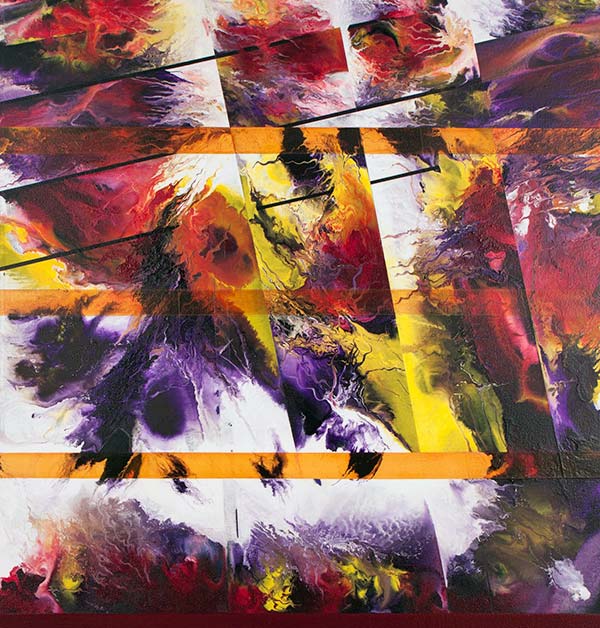 It's There in the Humming Air #1, acrylic on canvas, 37 x 37 inches framed
It's There in the Humming Air #1, acrylic on canvas, 37 x 37 inches framed
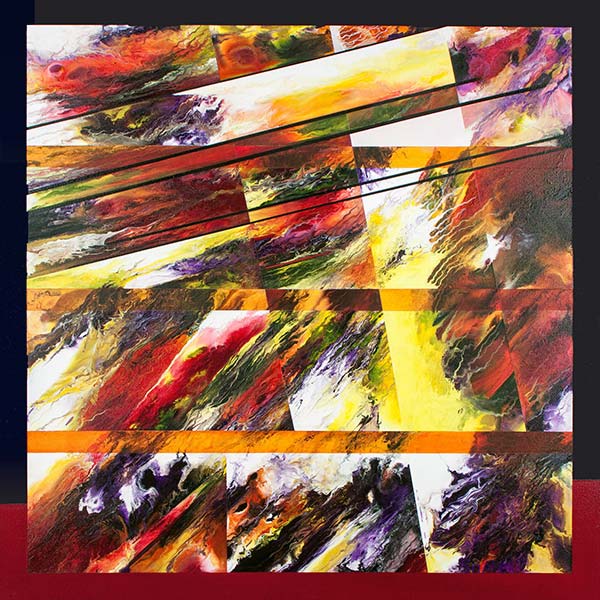 It's There in the Humming Air #2, acrylic on canvas, 36 x 36 inches unframed
It's There in the Humming Air #2, acrylic on canvas, 36 x 36 inches unframed
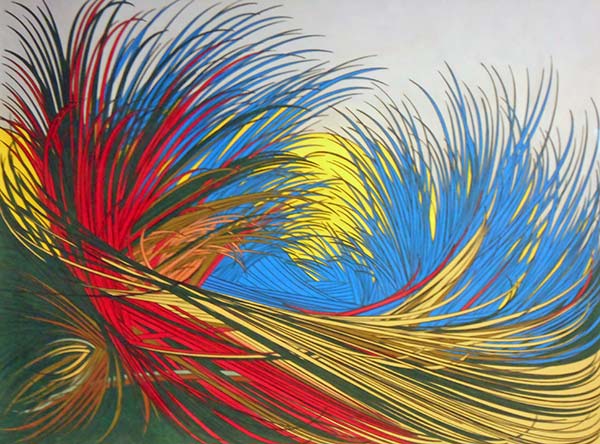 The Path #1, Prismacolor on paper, 29.5 x 37.5 inches framed
The Path #1, Prismacolor on paper, 29.5 x 37.5 inches framed
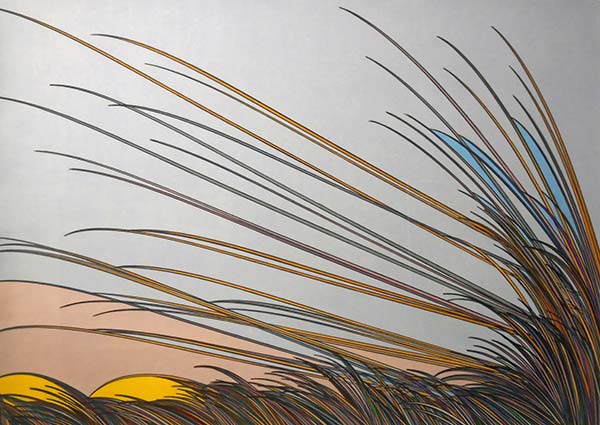 The Path #31, Prismacolor on paper, 25 x 34 inches framed
The Path #31, Prismacolor on paper, 25 x 34 inches framed
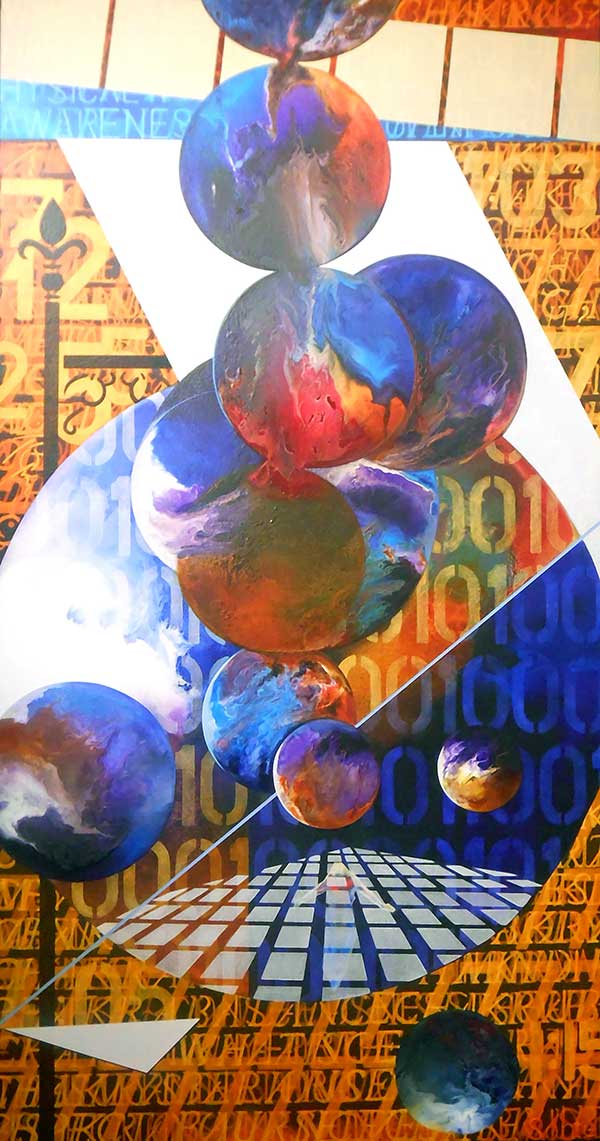 Lining Up the Centers #2, acrylic on canvas, 42.5 x 24.5 inches framed
Lining Up the Centers #2, acrylic on canvas, 42.5 x 24.5 inches framed
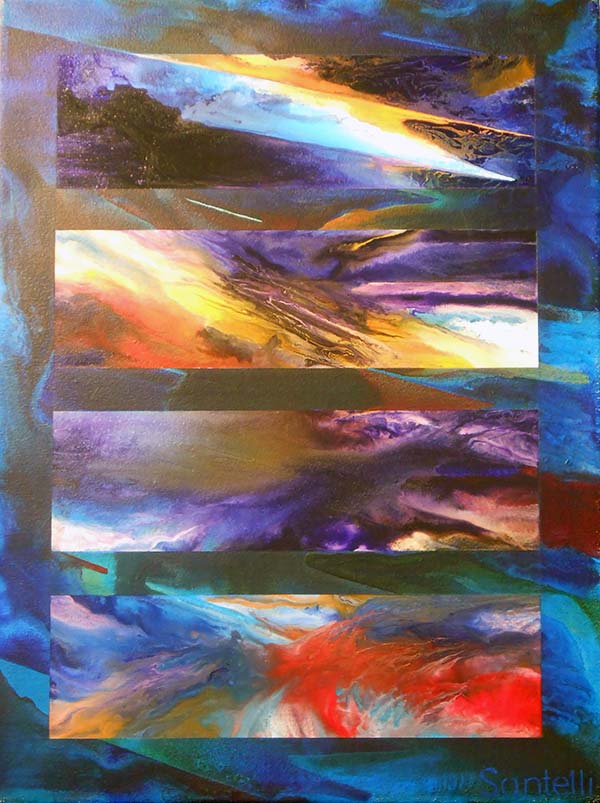 Stellar #6", acrylic on canvas, 24 x 18 inches unframed
Stellar #6", acrylic on canvas, 24 x 18 inches unframed
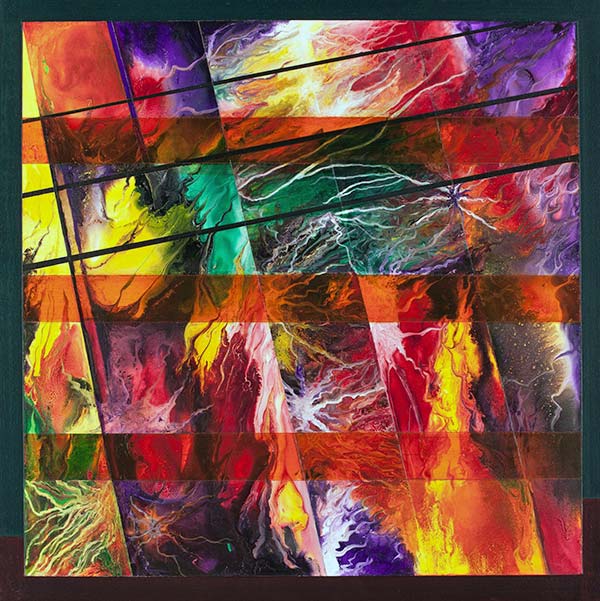 Flash Instant #1, acrylic on panel, 12 x 12 inches unframed
Flash Instant #1, acrylic on panel, 12 x 12 inches unframed
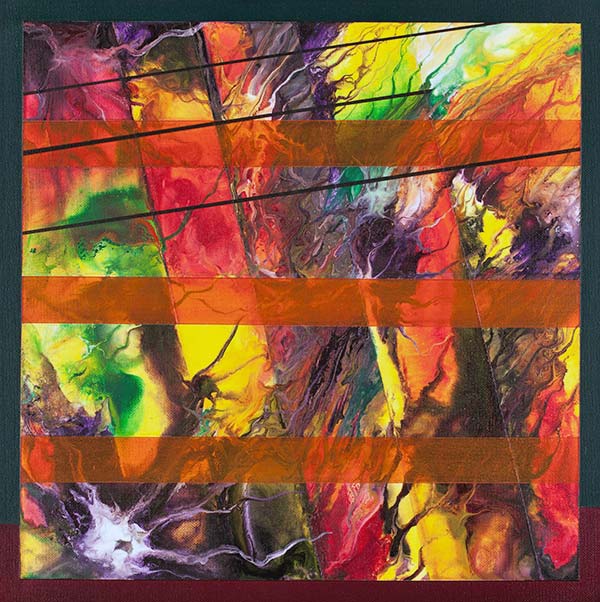 Flash Instant #3, acrylic on panel, 12 x 12 inches unframed
Flash Instant #3, acrylic on panel, 12 x 12 inches unframed